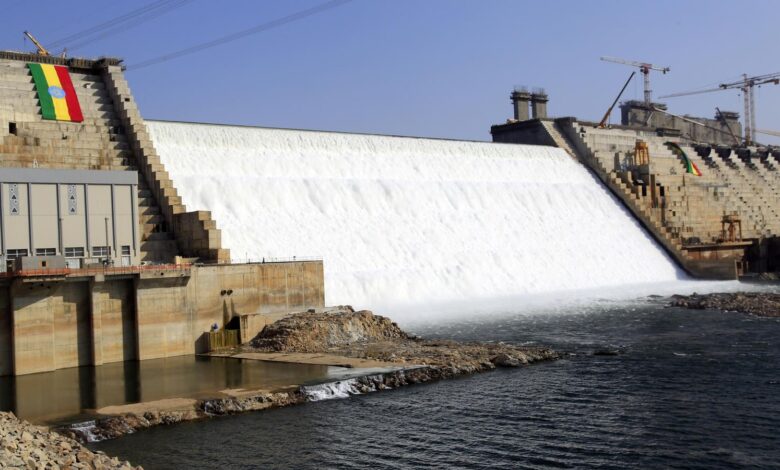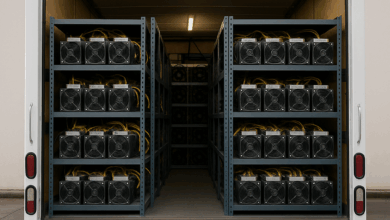Africa produces 3% of the global Bitcoin mining hashrate through renewable energy sources

Grand Ethiopian Renaissance Dam (Photo by Menase Wundemo Hailu/Anadolu Agency via Getty Images)
As of December 2024, Africa now accounts for 3% of the total global Bitcoin mining hash rate, with Ethiopia alone producing 2.5%, more than double what the entire continent produced in 2023, entirely through renewable energy.
After green lighting Bitcoin mining earlier this year EthiopiaWe have seen a significant increase in Bitcoin mining operations there, with over $1 billion spent on mining infrastructure in 2024 (according to Reports), with other countries such as Kenya joins African countries are keen to leverage Bitcoin mining to boost economic growth, electrify communities and manage green energy projects.
Africa is a hotspot for Bitcoin miners globally, as it hosts some of the world’s cheapest green energy sources, such as Ethiopia’s 3.2 cents per kilowatt hour power.
Bitcoin mining in Africa in 2024
Several local Bitcoin miners, such as Gridless, continue to demonstrate significant milestones in stimulating, standardizing and innovating green Bitcoin mining and rural electrification in Africa through their hydropower and biomass activities in Kenya.
As Bitcoin mining continues to rise on the continent, the Green Africa Mining Alliance has emerged, led by Gridless and other local Bitcoin miners such as Trojan miningwhose operations in Nigeria this year crossed the 1MW mark, will continue to be essential in providing best practices, case studies and models to mobilize new miners being established in Africa.
Bitcoin mining in Ethiopia
In 2024, Bitcoin mining will still be mainly concentrated in East Africa, with Ethiopia leading the way in hash rate, accounting for 2.5% of the global hash rate. According to Ethiopian Electric Power Company (EEP) figures, this year alone, Ethiopia earned more than $55 million from electricity sales for Bitcoin mining, accounting for 18% of its total revenue.
These revenues contributed to accelerating the construction of much-needed transmission lines to help deliver electricity from the Grand Ethiopian Renaissance Dam (GERD), which has a capacity of more than 6 gigawatts. Hence, Bitcoin mining appears as a suitable catalyst for bringing electricity to the country.
Bitcoin mining forecast in Africa for 2025
With the Renaissance Dam now producing 30% (about 1,500 MW) of its planned capacity, coupled with increased interest in mining in Ethiopia, we can expect to see renewable energy project revenues increase beyond $100 million and construction continues to accelerate. Transmission lines to electrify rural communities and provide electricity to millions of Ethiopians.
Following the successes in Ethiopia and developments yet to unfold in Kenya in 2025 as it continues its partnership with MARA, other countries are also likely to join in providing an enabling environment for Bitcoin mining and leverage it as a tool to solve their energy challenges. This has proven to provide much-needed revenue to promote electricity infrastructure development, create jobs, sustainably electrify rural communities, and stimulate green energy production.
Additionally, as Bitcoin mining gains in West Africa, 2025 could see countries like Nigeria join the Bitcoin mining race through hydropower and flaring gas, with other regions facing similar energy challenges joining the mix.
Bitcoin mining will remain a staple on the continent as countries continue to leverage it to stimulate sustainable energy infrastructure development, rural electrification, and economic development through Bitcoin mining.
https://imageio.forbes.com/specials-images/imageserve/676065b6799747d71f3b3816/0x0.jpg?format=jpg&crop=2425,1365,×0,y125,safe&height=900&width=1600&fit=bounds




